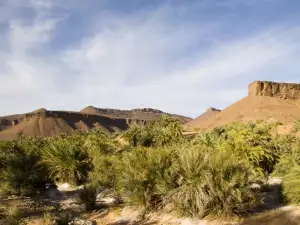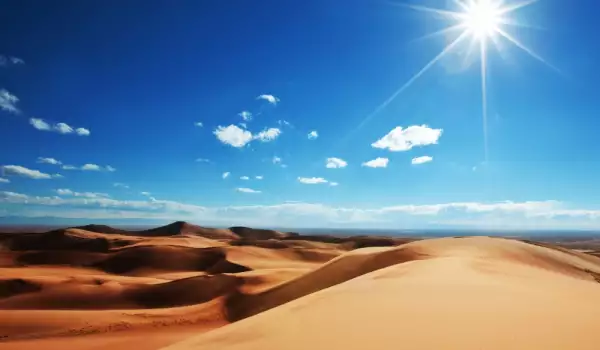According to an international team of scientists, the largest desert on Earth - the Sahara is much older than geologists believed. The experts believe that the actual age of the desert is 7 million years.
This number is almost twice what the research of geologists had estimated until now, claiming that the Sahara formed 2 to 3 million years ago.
For the new calculation of the desert's age, scientists studied the climatic changes in North Africa during the past 30 million years and have performed detailed analysis of the tectonic plates under the desert.
The results showed that the climate of today's Sahara became significantly drier after the formation of the Mediterranean Sea.

The intercontinental sea formed after the ancient ocean Tethys, which once separated Gondwana from Laurasia, receded.
Before the Mediterranean came between Africa and Europe, dry and humid climates alternated in the Sahara, and among the sands of the desert it was not uncommon to see lush vegetation.
The results of the study have been published in Nature journal.
At the moment, the Sahara is the largest desert in the world. It stretches 4660 miles (7500 km) - from the Atlantic Ocean to the Red Sea. Its total area is 3.6 million sq miles.
Some time ago, samples from the sands of the Sahara proved that it played a part in the creation of the Bahamas.

270 samples from the seabed around the islands of the Bahamas and sand from the largest desert on our planet revealed that they have completely identical chemical elements, such as iron and manganese.
Geologists postulate that the winds that blow over Africa had brought the sand 4970 miles (8000 km) from the continent.
According to the scientists, this supplying of the ocean with iron allowed cyanobacteria, also known as blue-green algae, to multiply.
The scientific communities are certain that this is just one in a series of proofs that show that the sands of the Sahara left Africa thanks to the strong winds above the continent.












